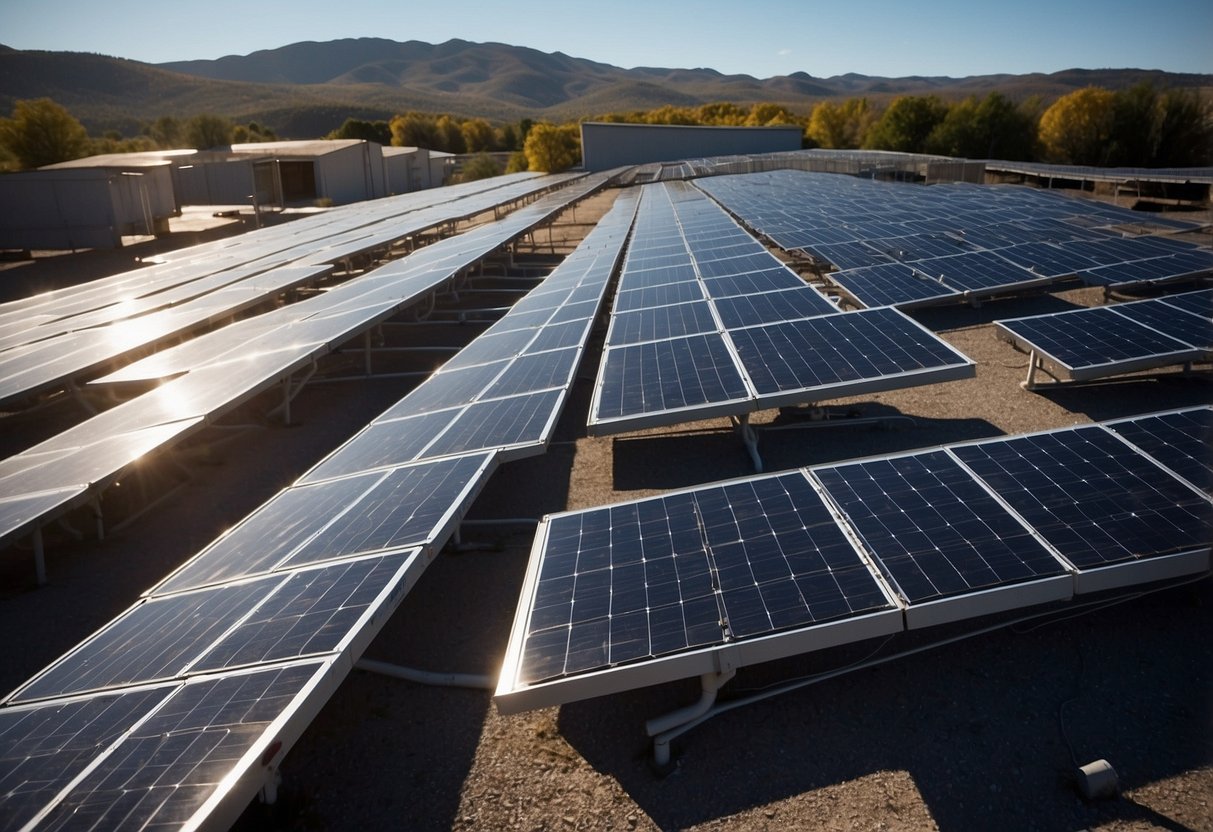
Breakthroughs in Energy Storage
Advances in energy storage are pivotal for optimizing the effectiveness of renewable energy technologies. These innovations focus on improving efficiency, capacity, and cost-effectiveness while ensuring sustainability.
Next-Generation Batteries
The development of next-generation batteries is revolutionizing how renewable energy is stored and utilized. One notable advancement is the Lithium-Sulfur (Li-S) battery, which offers a higher energy density compared to traditional Lithium-Ion batteries. This technology can potentially deliver up to five times the energy density, thus significantly increasing the performance and longevity of energy storage systems.
Solid-state batteries are another breakthrough, eliminating the liquid electrolyte found in conventional batteries. They offer improved safety, reduced risk of fire, and longer life cycles. These batteries also have the potential for faster charging times, making them highly suitable for applications in electric vehicles and grid storage systems.
Flow batteries, which utilize liquid electrolytes to store energy, provide flexible and scalable storage options. This technology allows for longer discharge times, which is beneficial for grid balancing and renewable energy integration. By decoupling the power and energy capacities, flow batteries can be customized more easily for specific energy storage needs.
Hydrogen Storage Solutions
Hydrogen storage solutions are emerging as a viable option for large-scale energy storage. Hydrogen can be produced through electrolysis using surplus renewable energy and then stored for later use. This method not only stores energy but also provides a clean fuel alternative for various industries.
Compressed hydrogen storage involves storing hydrogen gas under high pressure. This method is efficient and suitable for applications needing rapid energy release, such as fuel cells in vehicles. Advances in materials and engineering enhance the safety and storage capacity of these systems.
Liquid hydrogen storage, involving the cooling of hydrogen gas to a liquid state, offers a higher energy density compared to its compressed form. This approach is particularly promising for long-term and large-scale storage applications. Although it requires significant energy for cooling, recent advancements are making it more energy-efficient and practical for widespread use.
Solid-state hydrogen storage employs materials that absorb and release hydrogen, providing a safe and compact storage solution. Metal hydrides and other advanced materials are being developed to enhance storage capacity and facilitate easier hydrogen release when needed. This technology is essential for improving the versatility and efficiency of hydrogen as an energy carrier.